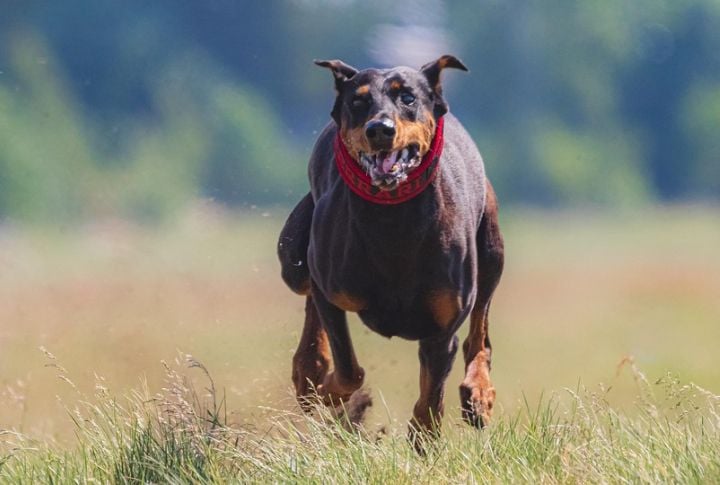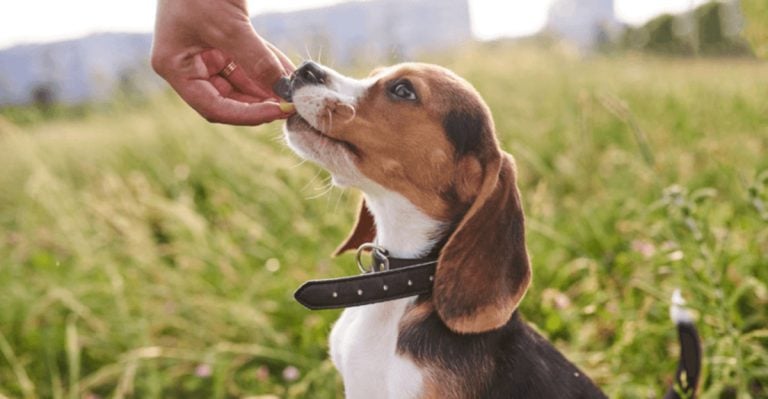15 Rules To Strengthen Your Bond With A Doberman

The Doberman has strong instincts to form close bonds and thrive in purposeful relationships. It’s bred to serve and belong. Raising one well means offering more than love—building structure and trust. This is where to begin if you’re serious about giving your Doberman what it needs.
Let Obedience Training Be The Language Of Trust

Dobermans excel when training feels like a partnership, not pressure. Use short, daily sessions with clear cues and consistent expectations. Positive reinforcement, such as treats or toys, also builds engagement. Harsh corrections, however, risk damaging trust. With time and patience, obedience becomes fluent, not forced, and that’s how trust takes root.
Speak Their Language With Eye Contact And Tone

Your Doberman responds to more than words. It watches how you move and hears how you breathe. Keep your tone steady and calm, and try standing upright and making eye contact during commands. These subtle cues create clarity, and over time, your presence becomes the cue they understand the most.
Balance Their Brilliance With Mental Workouts

Dobermans need more than space to run. Their minds crave purpose and structure. Daily routines should include puzzles and problem-solving tasks. Such activities ease restlessness and reduce unwanted behavior. Mental engagement also supports calmness and sharper focus in your Doberman’s everyday life.
Let Bonding Happen Through Shared Purpose

When Dobermans feel like part of a mission, their confidence rises. Give them roles like carrying light gear on walks or naming toys. These responsibilities help curb their working instincts. Even experts advise this because working breeds demonstrate lower anxiety when engaged with meaningful, structured daily tasks.
Feed With Precision, Not Assumptions

Feeding a Doberman isn’t guesswork because their metabolism is fast and sensitive. You should choose high-protein formulas and monitor weight weekly while adjusting portions based on activity rather than size alone. Additionally, supplements like glucosamine support joints. For accuracy, consult your vet and stay consistent.
Let Exercise Match The Dog, Not The Clock

Not all Dobermans burn energy the same way. Some thrive with sprints and agility, while others prefer paced endurance work. Pay attention to recovery time and enthusiasm. Tailoring exercise to their rhythm, not the clock, results in a calmer, more fulfilled companion. Energy levels also vary with age.
Rest Is Part Of Peak Performance

Dobermans perform best when effort is balanced with rest. Quiet recovery is essential after training or high-energy play. Designate peaceful spaces in your home and avoid overstimulation. Scheduled rest supports memory retention and reduces irritability, especially when they have a challenging routine.
Create A Predictable Environment Without Making It Dull

Structure makes Dobermans feel safe, but novelty keeps them sharp. Stick to core routines—feeding and walks—but break the monotony with unexpected changes. Rotate toys or shift training locations. Routine grounds them, while variation stimulates them. Together, these elements promote emotional and cognitive balance.
Don’t Just Socialize, Curate Their Encounters

Start with one-on-one greetings, then gradually expand your Doberman’s comfort zone by choosing calm people and secure environments. Because controlled socialization sets the foundation, quality matters more than quantity. Avoid chaotic parks or crowds, which can overwhelm and hinder lasting social confidence.
Watch For Subtle Signs Of Stress Before They Escalate

Recognizing early signs of discomfort prevents full-blown anxiety or reactivity. Dobermans may look away or pace, and they are easy to miss if you’re not watching closely. Since prevention starts with patience and awareness, respond calmly and give space when needed. Begin by carefully watching their body language daily.
Make Alone Time Manageable, Not Punishment

Separation anxiety is common in Dobermans, so building gradual independence makes a difference. Start with brief, non-eventful departures, and use puzzle feeders or frozen treats to offer comfort during solo time. Avoid dramatic exits—rushed or emotional goodbyes can heighten stress and make future separations feel more alarming.
Use Grooming Time To Build Physical Trust

Make grooming a calm, shared routine that builds trust over time. Begin by letting your Doberman explore the tools with curiosity. Work slowly, rewarding stillness and cooperation. Stop before signs of discomfort appear. This approach not only supports grooming but also helps your dog feel safe during everyday handling.
Invest In Durable Gear That Respects Their Build

Dobermans are athletic, deep-chested dogs that benefit from well-fitted, durable gear. Choose padded harnesses for comfort and chew-resistant toys to match their strength. Skip flimsy or one-size-fits-all options. Traditionally, for outdoor outings, weatherproof jackets or boots offer extra protection.
Challenge Their Loyalty Without Exploiting It

A Doberman’s loyalty is intense, but it shouldn’t be blind. Teach impulse control and boundaries using commands like “leave it” or “wait.” Then, allow hesitation when needed. True partnership means giving them choices, not demanding constant compliance. Balanced training honors loyalty without taking it for granted.
Gentle Routines That Honor Their Aging Bodies

Even as their pace slows, your Doberman still craves purpose. So, shift to gentle activities like scent work, slow-paced guarding, or learning new tricks. However, it is important to watch for joint stiffness or fatigue. Aging dogs adapt best when we do, too, and purposeful engagement in later years preserves their dignity and joy.





